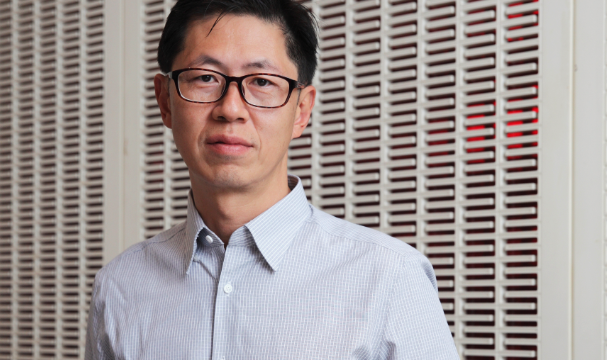Eric Kong, Aggregate Asset Management
Big global asset management firms have key distribution relationships, but charge fees that are too high, causing a misalignment of interest with investors, Eric Kong, co-founder, fund manager and executive director, told FSA.
To compete with the big players, the boutique firm has a very low total expense ratio (TER) of 0.3%, which is close to the TERs of exchange-traded funds. In Asia, the average fund expense ratio for actively-managed funds is around 1.8%-3%, according to the firm.
However, Kong acknowledged that Singaporean investors have little awareness of boutique fund managers.
Kevin Tok, co-founder and executive director who is responsible for the firm’s marketing and client relationship activities, said that it is difficult for boutique firms in Singapore to link with a distribution partner.
“There is no long track record [for most boutique firms]. I don’t think any institution will take you to distribute your fund.
“We do not have a distribution network to help us with the fund and we talk to our clients directly,” he said, adding that most boutique firms in Singapore also rely on word-of-mouth.
However, Tok doesn’t see this as a challenge. Since the firm does not have any distribution partner, it also does not have any sales charges, which enables a low TER.
The firm, which was founded in 2012, manages a value-focused fund with around S$460m ($337.64m) in assets and only targets high net worth individuals in Singapore. Around 500 individual investors have invested in the fund, Tok said, adding that Singaporean client relationships have also led to a targeting of clients in Malaysia.
Performance fee model
The firm makes money by charging a performance fee of 20% based on a new high watermark, according to Wong Seak Eng, co-founder, fund manager and executive director.
“If the fund has a new high, then we would take profit based on the new all-time high,” he explained.

“If the NAV goes down, then we don’t get any profit. We could only charge a performance fee when we exceed the last high watermark.”
The firm charges performance fees every six months. Since the fund’s launch in 2012, there has been only three times when the firm did not charge a performance fee, according to Wong.
A low TER together with a performance fee encourages the fund managers to “work on their toes” to make that high watermark, Wong believes.
“If [managers are] just taking management fees every year, they don’t feel any pain when they lose money. For us, it was painful when we did not charge performance fees.”
Besides performance fees, the firm also has a one-off subscription fee of S$2,000 ($1468). It also has a 5% early exit charge within three years of investment.
According to data from the firm, for the three-year period to 30 June 2017, the fund is up about 32% while the benchmark, the MSCI AC Asia Pacific ex-Japan, is up about 23%.
Value hunting in Asia
The Aggregate Value Fund aims to have a long-term compounded total return of 10% annually net of all fees, according to its fund factsheet. According to the firm, the goal is to triple client investment in six-seven years.
The fund invests in undervalued equities in 10 Asian markets, according to Wong. The majority of the fund’s assets are invested in Hong Kong, Korea and Malaysia.
Country allocation
| Hong Kong |
34.81% |
| Korea |
19.75% |
| Malaysia |
10.21% |
| Singapore |
7.61% |
| Taiwan |
7.27% |
| Japan |
6.79% |
| China-H shares |
6.41% |
| Thailand |
3.28% |
| Australia, Indonesia and Vietnam |
1.21% |
| Cash |
2.66% |
Source: Aggregate Asset Management
The fund takes a value approach in investing, with both Wong and Kong looking at various metrics such as price-to-earnings and price-to-book ratios, dividend yield and free cash flow.
Kong noted that because of its screens, the fund has a tilt toward mid- and small-caps. The fund’s holding period is three-five years.
Wong believes the fund is differentiated because it is well-diversified with 600 stocks in the portfolio, Wong said.
“Traditional fund managers do company visits and speak to management. We don’t do that and it saves us a lot of time,” he said, adding that the firm makes use of different models to deal with 600 stocks.
It is not a quant analysis but a “simple scoring system” to help identify stocks. “We still go back to financial statements, so it is really not quant.”

















